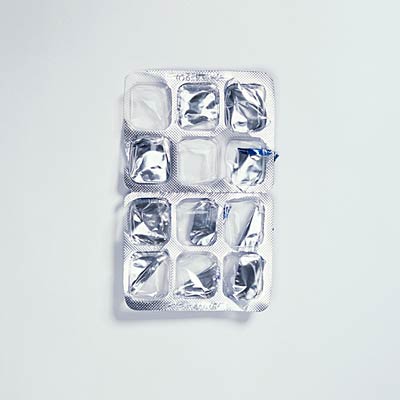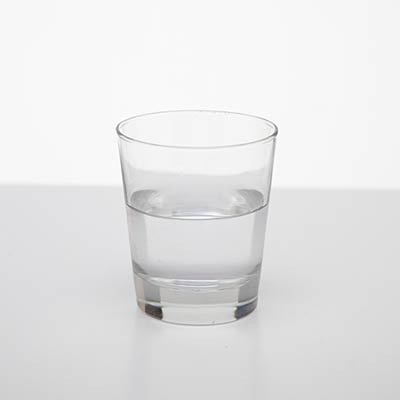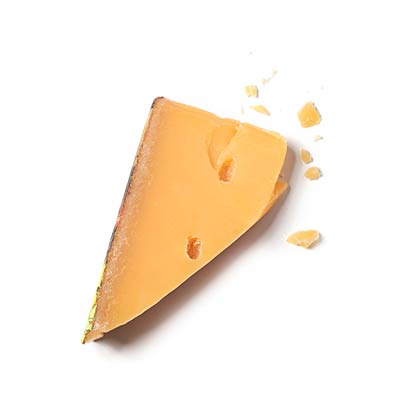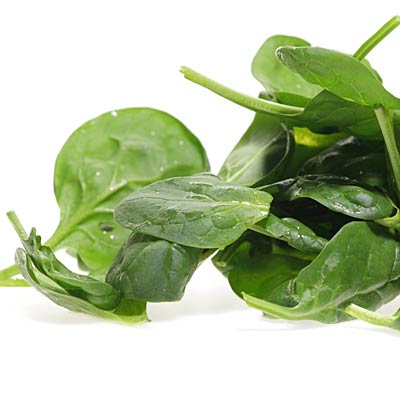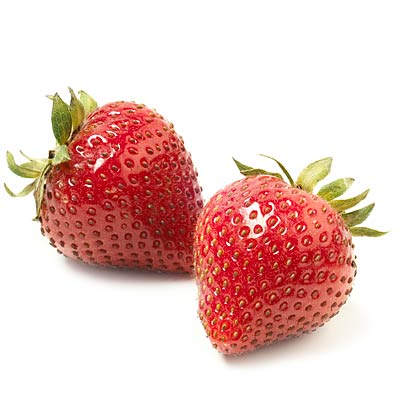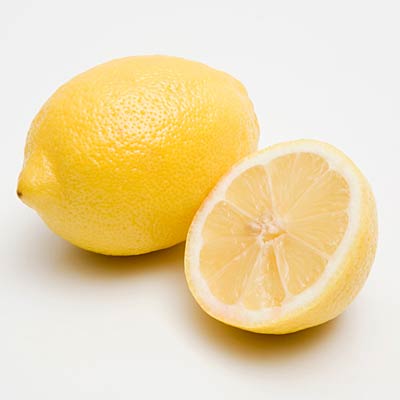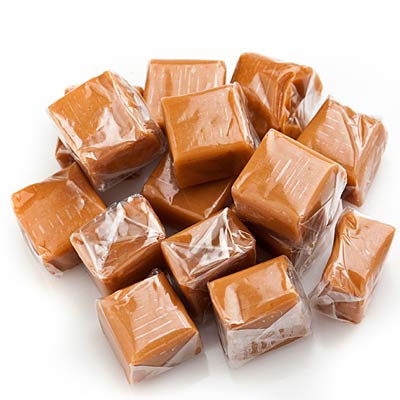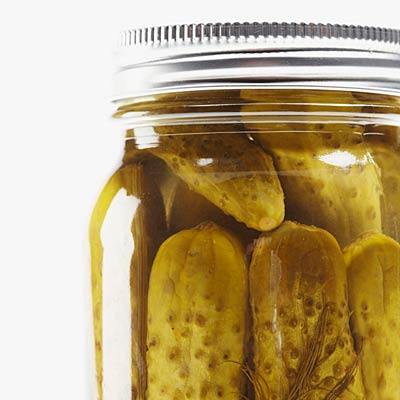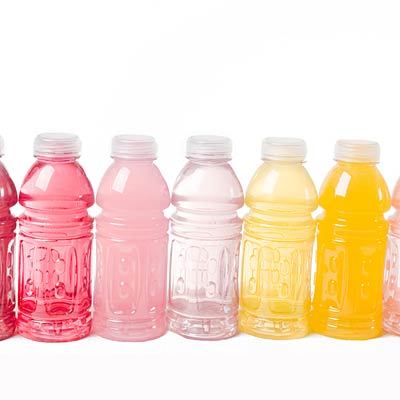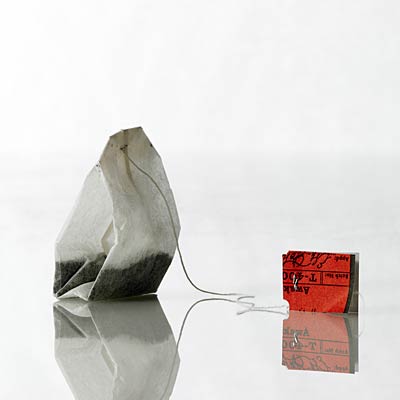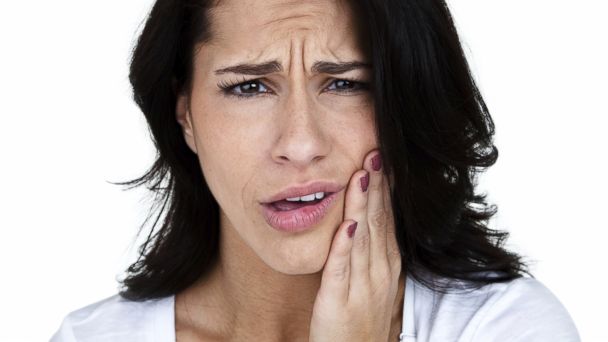Dental Myths Debunked!
With all the information available, how do you know what is true and what is not? No worries! We busted some dental health myths for you!
1. People who have bad breath do not brush their teeth.
Most cases of bad breath does originate in the mouth, but not all of it comes from uncleanliness. Several illnesses, acid reflex, and dry mouth are all causes of bad breath.
2. You should brush your teeth after each meal.
Some acidic foods can soften your tooth enamel. Brushing your teeth before the enamel can re-harden can wear it away. You should wait at least 30 minutes.
3. Cavities are caused by eating bad foods.
Dentists do warn patients against eating too much sugary food and drinking sugary soda. But plenty of healthy foods contains sugars as well. They can contain acid, too. Be careful of citrus fruits, honey, and sports drinks.
4. Because baby teeth are temporary, cavities in them does not need to be treated.
Cavities in baby teeth can affect the tooth nerve and gums, causing severe pain and swelling in that region. If you remove the baby teeth way before they are ready to fall on their own, you can cause either a prolonged delay of eruption, malpositioned, or even a non-erupted permanent tooth. Baby teeth are responsible for guiding the permanent teeth correctly to the appropriate positions at the appropriate time. Cavities in the baby teeth must be filled as soon as they appear.
5. Getting a cleaning from the dentist leads to a loss of enamel which causes teeth sensitivity.
 When a dentist cleans your teeth, a very blunt instrument is used that vibrates at high speed to loosen only the direct which has collected around the tooth. This instrument in no way removes or scratches the enamel of the tooth. Your teeth may become a little loose and sensitive immediately after the cleaning, but this is usually only temporary.
When a dentist cleans your teeth, a very blunt instrument is used that vibrates at high speed to loosen only the direct which has collected around the tooth. This instrument in no way removes or scratches the enamel of the tooth. Your teeth may become a little loose and sensitive immediately after the cleaning, but this is usually only temporary.6. Filling cavities in teeth will lead to severe pain later in life.
If you do not fill cavities at an early stage, it can lead to infection in the nerve of the teeth, leading to tooth pain. Cavities should be filled as soon as possible, before you even feel any pain. If a tooth is filled after you begin feeling tooth pain, then there will be severe pain later.
7. If you start feeling pain, it is too late to save the tooth.
Teeth pain starts when the nerve in the tooth is infected. Even at this stage, the tooth can be saved by a procedure called Root Canal Treatment. In this treatment, the infected nerve is removed from the root canals of the tooth, the canals are cleaned, and all infection is removed. After the infection is gone, the tooth is filled completely up to the end of the root. This way, the tooth is dead but can be used normally. The tooth can stay in the patients mouth for life.
8. Extracted teeth does not need to be artificially replaced.
No matter how badly decayed a tooth it, it will be tried to be saved. If it has to be removed, it must be replaced as soon as possible. If not, then gradually the teeth adjacent to the gap will start tilting towards this gap, leading to food collection, cavities, and difficult in chewing in this region. The opposing teeth also grows down causing similar problems in the opposite arch teeth also. Therefore, a lost tooth must be replaced within a maximum of 6 months to prevent disease conditions in adjacent and opposing teeth and gums.
9. Braces are only for children.
Although the ideal age for putting braces to correct tooth positions is 12-14 years, people of all ages up to 45 years can gain significantly by using braces. Adult treatment may take a slightly longer time and may not be ideally finished, but certainly the problem can be corrected as long as gums are sufficiently healthy.
10. No matter how much you take care of your teeth, they are not intended to last a lifetime. Loss of teeth after a certain age is inevitable.
Proper oral hygiene measures and regular checkups with your dentist involving early correction of any decay or infection can enable you to retain a healthy set of fully functional teeth throughout your life.
11. Hard bristled toothbrushes clean better.
 The softer the better for bristles - hard or medium bristles can damage teeth and worsen gum recession due to a traumatic occlusion. Studies show that high-quality electric toothbrushes with soft bristles are a great investment because they clean better than manual tooth brushes.
The softer the better for bristles - hard or medium bristles can damage teeth and worsen gum recession due to a traumatic occlusion. Studies show that high-quality electric toothbrushes with soft bristles are a great investment because they clean better than manual tooth brushes.12. The best way to freshen your breath is mouthwash.
Most mouthwashes cover bad breath, but they do not fix the underlying cause. Bad breath can be caused by bacteria in your mouth, cavities, gum disease, or it may be a sign of other medical issues. Your dentist can help rule out dental issues as the cause. If you like mouthwash, go with an alcohol-free brand. Alcohol in mouthwash will dry out your mouth. Sugar free gum with Xylitol is also an effective way to get a clean mouth feeling if you cannot brush.
13. Avoiding dark liquids and drinking through a straw will keep your teeth from getting dark.
It is more than coffee, tea, and soda that stain our teeth. Teeth that have wear and enamel-loss tend to be darker because those teeth have less of a protective layer against those staining liquids. Foods such as berry pies, soy sauces, red sauces, and mustards/ketchups can cause teeth to darken over time. The best way to whiten your teeth and keep them white is to visit your dentist and have him do an in-office whitening or make you custom trays. There are some over-the-counter whitening products like whitening toothpastes, but they typically do very little to whiten teeth. Use regular toothpaste with fluoride to keep your teeth looking great and cavity-free.








